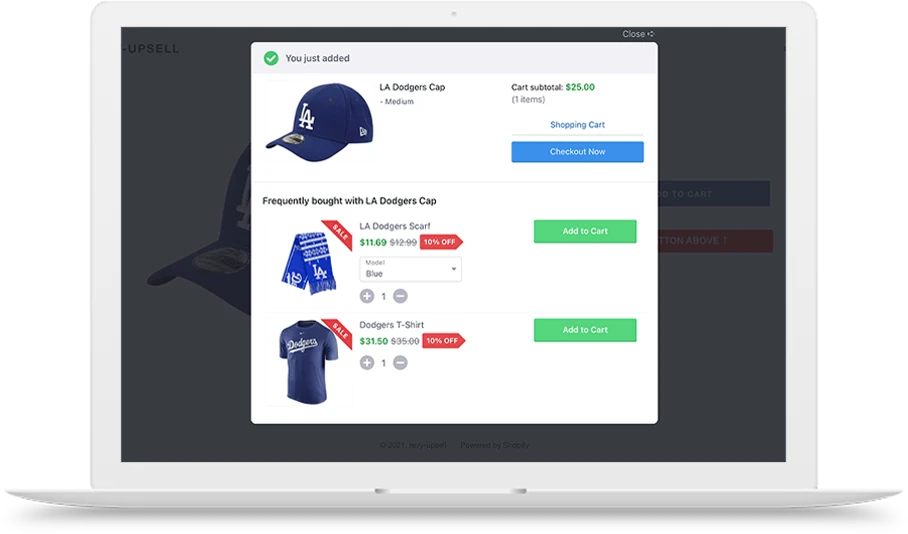In today's fiercely competitive online landscape, search engine optimization (SEO) is vital for any website striving to make a mark. Ensuring that your website ranks high on search engine results pages (SERPs) can significantly boost organic traffic and ultimately lead to conversions. One of our clients recently approached us with a project to enhance their website structure according to SEO best practices and optimize URLs for a more SEO-friendly presence.
High-quality content serves as the foundation of any successful SEO strategy. To optimize our client's website for search engines, we took the following steps:
Keyword Research:
We identified relevant keywords and phrases that the target audience was searching for using research tools like Google Keyword Planner, SEMRush, and Ahrefs. Armed with this information, we crafted high-quality, original content that was not only informative and engaging but also provided value to their audience.
Content Optimization:
We seamlessly integrated the most relevant keywords into the content, particularly in headings, subheadings, and the first paragraph.
Regular Content Updates:
We devised a plan to routinely review and update existing content to maintain its relevance, accuracy, and freshness, ensuring that our client's search engine rankings continue to improve.
To ensure that search engines could easily crawl and index our client's content, we organized it into a logical hierarchy, arranging it into categories and subcategories. We used descriptive headings and header tags (H1, H2, H3, etc.) to structure the content and incorporate target keywords for better search result visibility.
We then implemented internal linking by including relevant links to guide users and search engines through the site, helping to distribute link equity and enhance overall SEO.
Site Speed Optimization:
Recognizing that fast-loading pages contribute to a better user experience and are preferred by search engines, we addressed any code issues that might affect loading speed and compressed any unoptimized images.
Next, we focused on URL optimization. Since URLs play a crucial role in SEO by helping search engines and users understand a page's content, we kept them short, descriptive, and concise. Best practices dictate avoiding long, complex URLs with unnecessary characters.
As expected, we incorporated target keywords into the URLs to signal the content's topic to search engines. We also adopted a uniform URL structure across the entire website, improving its crawlability and user experience.
Conclusion
Updating your website with written SEO content, enhancing its structure, and optimizing URLs are essential steps in creating an SEO-friendly website. By implementing these best practices, we were able to improve our client's website visibility in search engine results and drive more organic traffic to their site in just five weeks. If you'd like to learn more, just get in touch, and we'll start crafting your custom plan!






Share this article:
How to: Adding GA4 to your Shopify Store
Quick fix: Norton Barrie